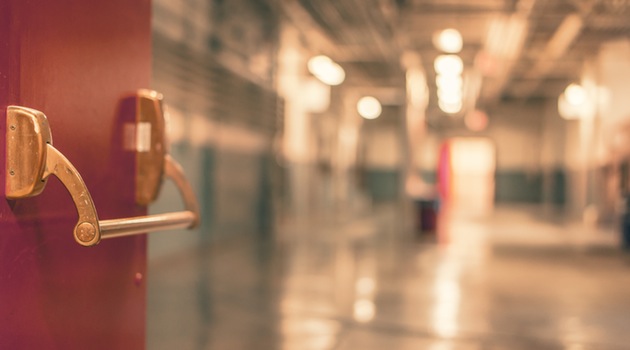In the lush heat and thundering skies of late July, stores start rolling out back-to-school sales and school uniform displays, harbingers of the cooler, calmer weather to come. But this summer, the familiar rhythms seem hollow and dispiriting. This summer has been another in a long line of Red Summers, hatred pulsing, searing, erupting in violence that can’t be relieved by summer rain or the promise of the fall. It’s become harder and harder to find respite from the violence in the world.
Yet, in the middle of this summer that feels as if the world is coming apart at the seams, I find myself turning towards my turn in the classroom this fall with renewed energy and, importantly, renewed hope.
In a recent essay for The Guardian, Rebecca Solnit returns to the topical terrain of her 2005 book “Hope in the Dark.” Hope, Solnit argues, is “not a sunny everything-is-getting-better narrative…” Instead, Solnit suggests, we should look for hope in the unknown, the uncertain, the failure and the unpredictable. Hope dwells in “broad perspectives with specific possibilities, ones that invite or demand that we act,” offering “an account of complexities and uncertainties, with openings.”
This account of hope sounds a lot like pedagogy when it is at its best and most vital.
Pedagogy operates in the intersections and interstices between teachers and students, classroom and world, individual and community, public and private, inside and outside. It is both what learn and how we learn. Pedagogy is both an encounter and a process of discovery, praxis and reflection. It calls into question even as it holds us accountable for the questions we ask and the answers we venture.
The kind of pedagogical work we do in the classroom is both profoundly hopeful and deeply political.
But this isn’t the kind of “politics” that centers on government and policy, the kind of political that trades in student learning for standardized tests, polling numbers, and PACs. Rather, I’m talking about what philosopher Hannah Arendt describes as polis – the community forged in the “space [that] lies between people living together for [the purpose of speaking and acting], no matter where they happen to be.”
The classroom is a moment of possibility, an ephemeral potential for polis. But political life, in the Arendtian sense, is also public and plural. The classroom provides a common space and a common world in which we become visible to others as individuals, the sources and vital voices of differing perspectives. This “space of appearance” provides the ground for public engagement and political possibility and offers a model of citizenship built on reciprocity and community.
Solnit writes, “This is an extraordinary time full of vital, transformative movements that could not be foreseen. It is also a nightmarish time. Full engagement requires the ability to perceive both.”
Pedagogy demands that we see the world around us. Politics demands that we see each other.
As we return to the formal and informal classrooms of the world this fall, my hope is that we can build the kinds of pedagogical experiences that open possibilities for action and engagement, that allow us to tell the deep histories of the wounds that continue to fester even as we find new avenues for healing.
When our politics seem to fail, pedagogy gives me hope.
Katie Dyson is a PhD candidate in English at Loyola University Chicago. When she’s not teaching or working on her dissertation, she reads the internet.


0 comments on “Politics, Pedagogy, and Hope”